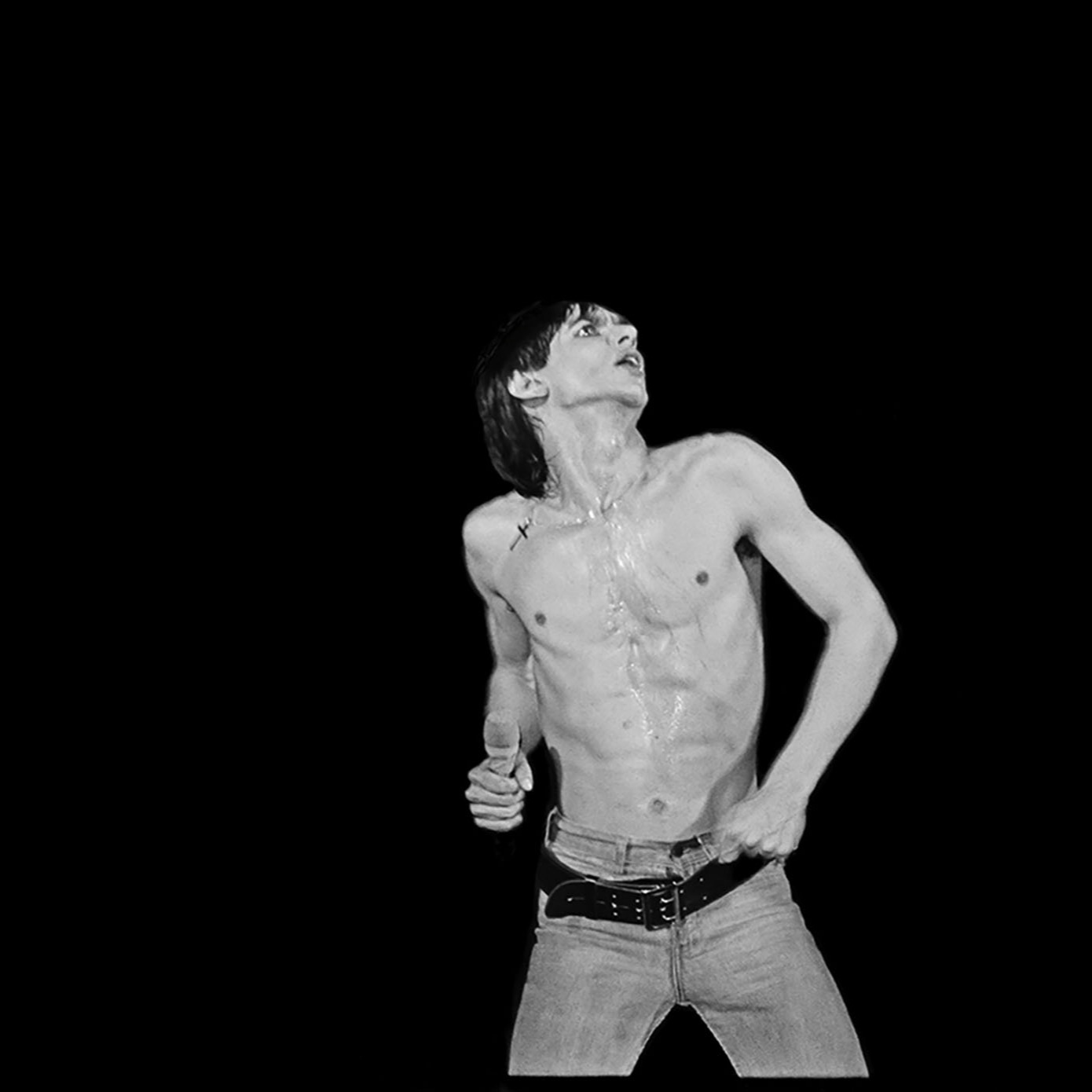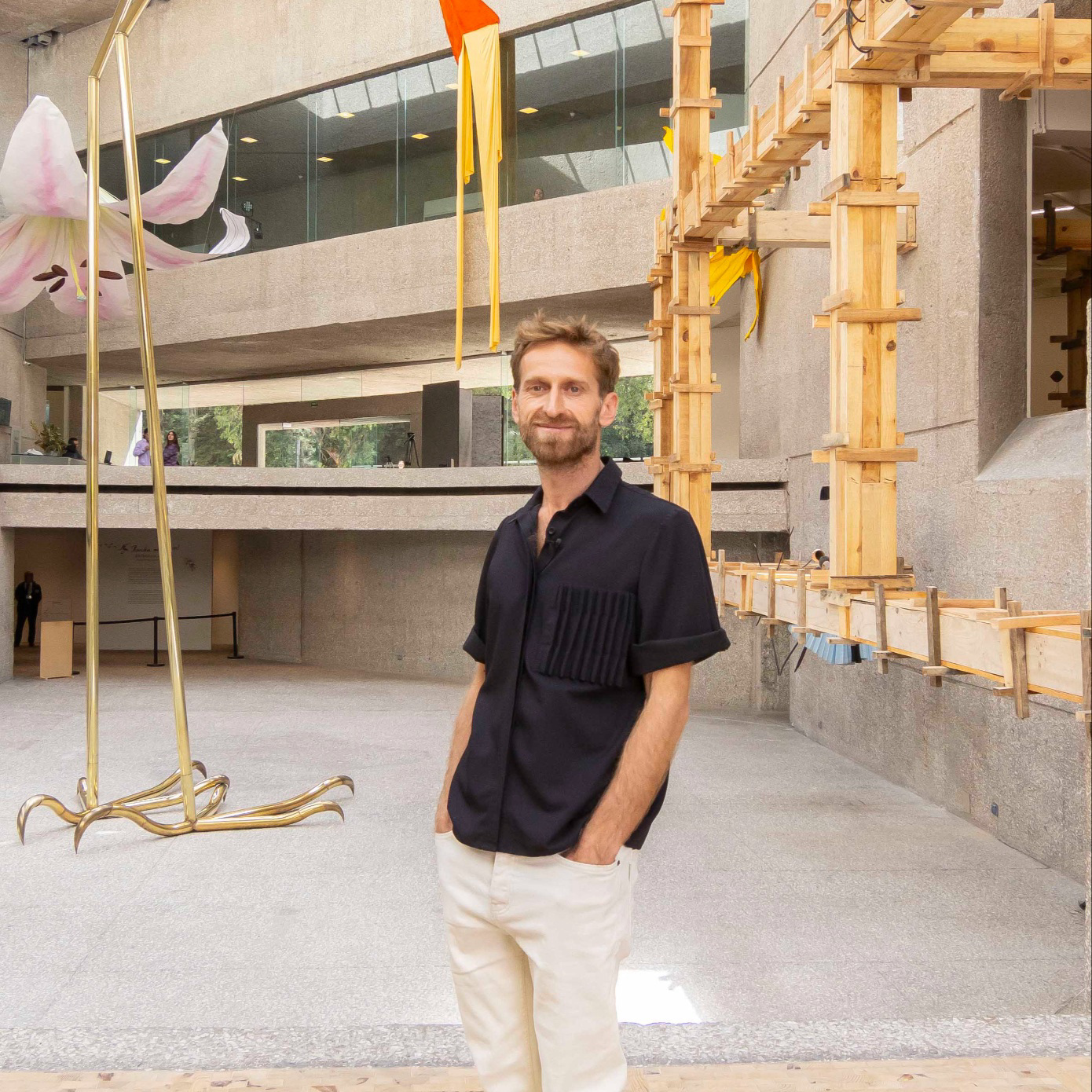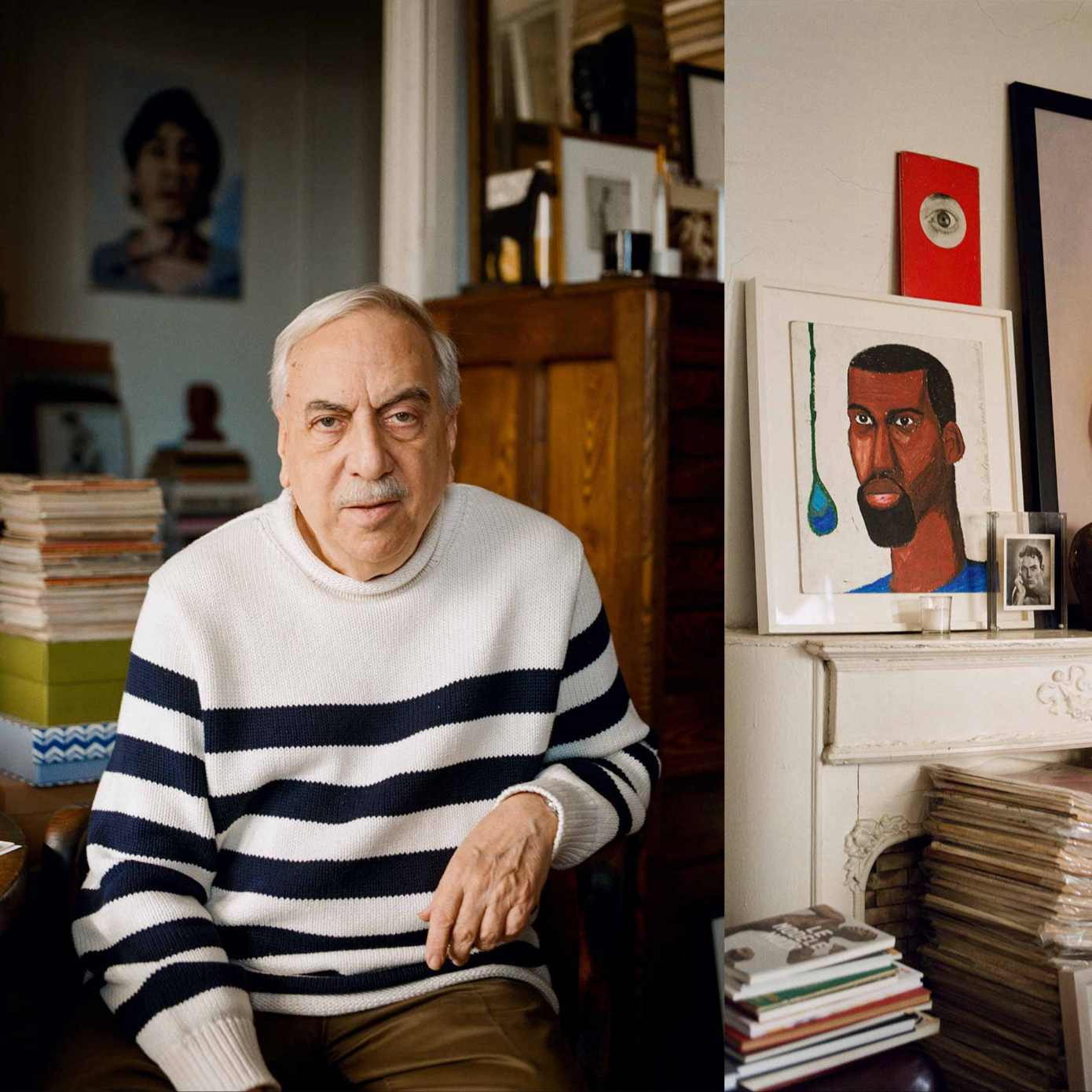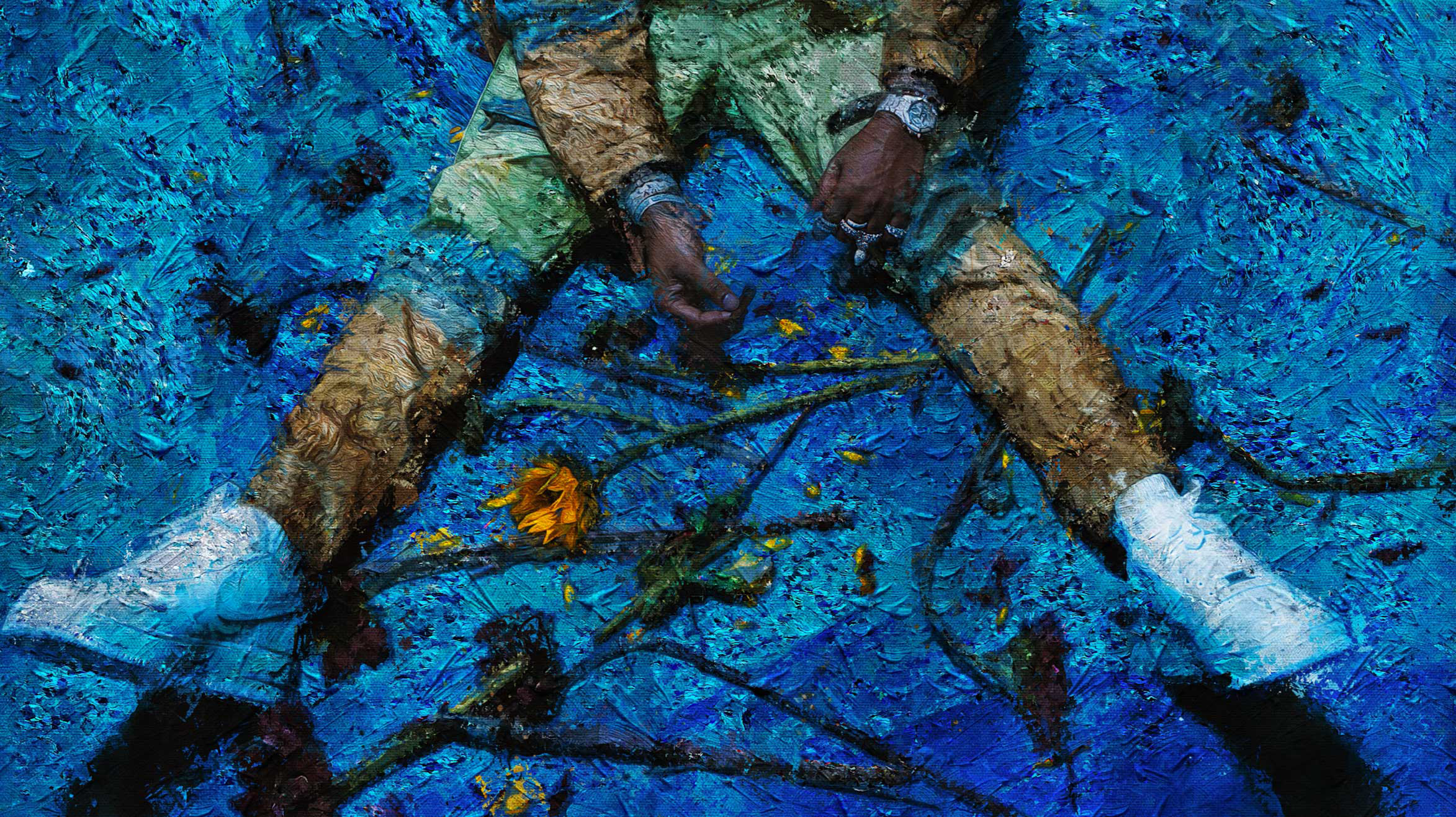
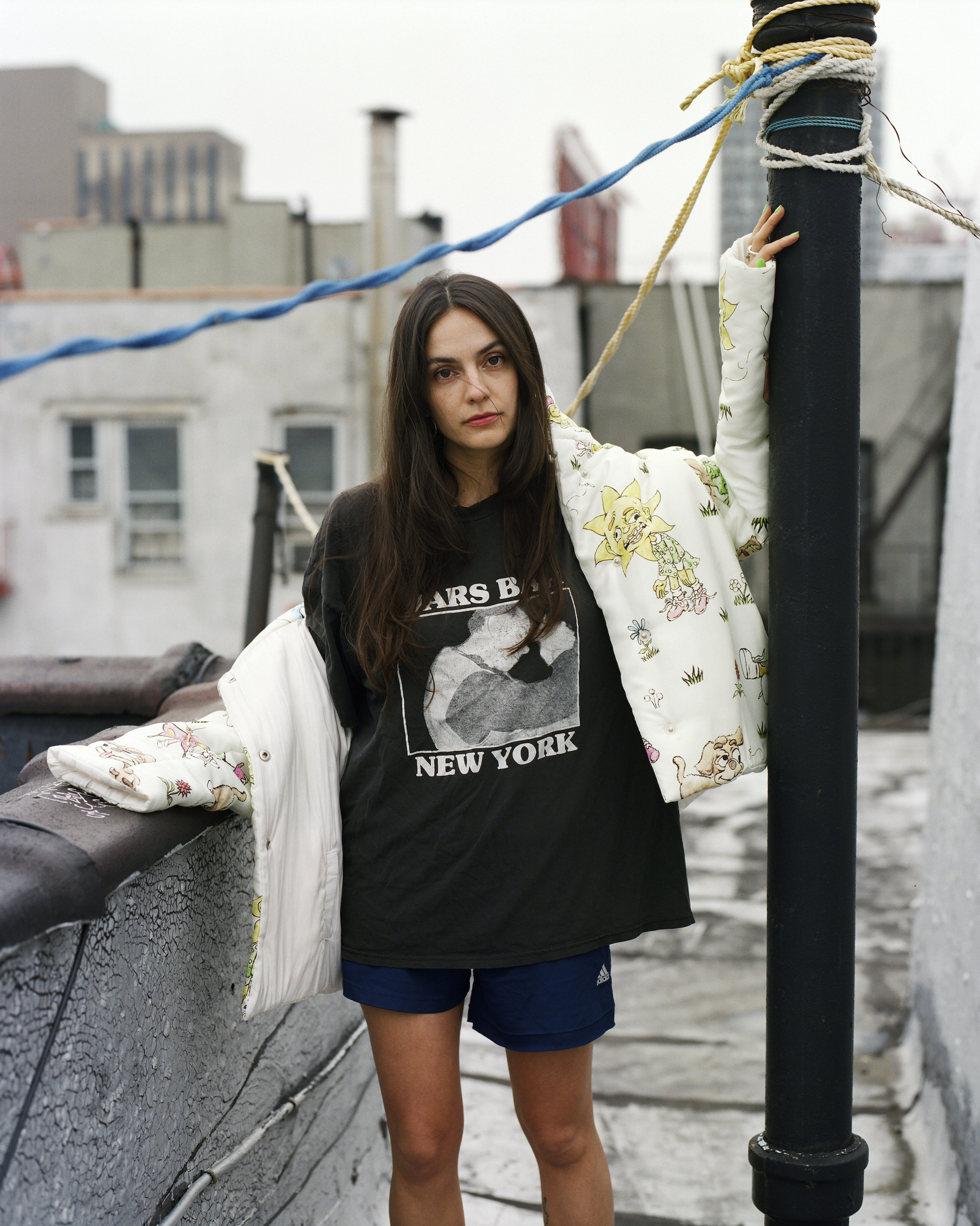
“I love that things like that are obvious and also not obvious in the effect they’re going to have on you,” says musician Ersa Padgett of her band Angels In America (sometimes also known as Angels USA or Miami Angels in America) and DJ project Chicklette (sometimes known as Retail Sauce, with Jeff Joyal). Reveling in the “also” of her web-like musical projects, Padgett’s intentions are clear: to flip the script on borrowed phrases, both in music and title, and reconstruct the art of the bootleg. Writes Audrey Wollen in last year’s profile: “All cultural objects are available, amoeba-like, splitting endlessly.”

“Similar in structure and scope to the works of great jazz musicians of the 1920s, his melodies efface historical tradition and augment new realities,” writes Killian Wright-Jackson of rapper Gunna. “Since 2016, the Georgian artist has fed mainstream culture the bulk of its cool.” That “cool” for Gunna is a remix of different entry points to the idea of art. For his second studio album, “Wunna,” he collaborated with creative director Spike Jordan, who commissioned Tal Midyan and Maxime Quoilin to create portraits in a style that riffs on iconic works by Leonardo da Vinci and Vincent Van Gogh. Always ahead of the curve, his music is gracious, with the intent to give and teach: “When I make music, I think of others, I don’t think of myself,” he says.
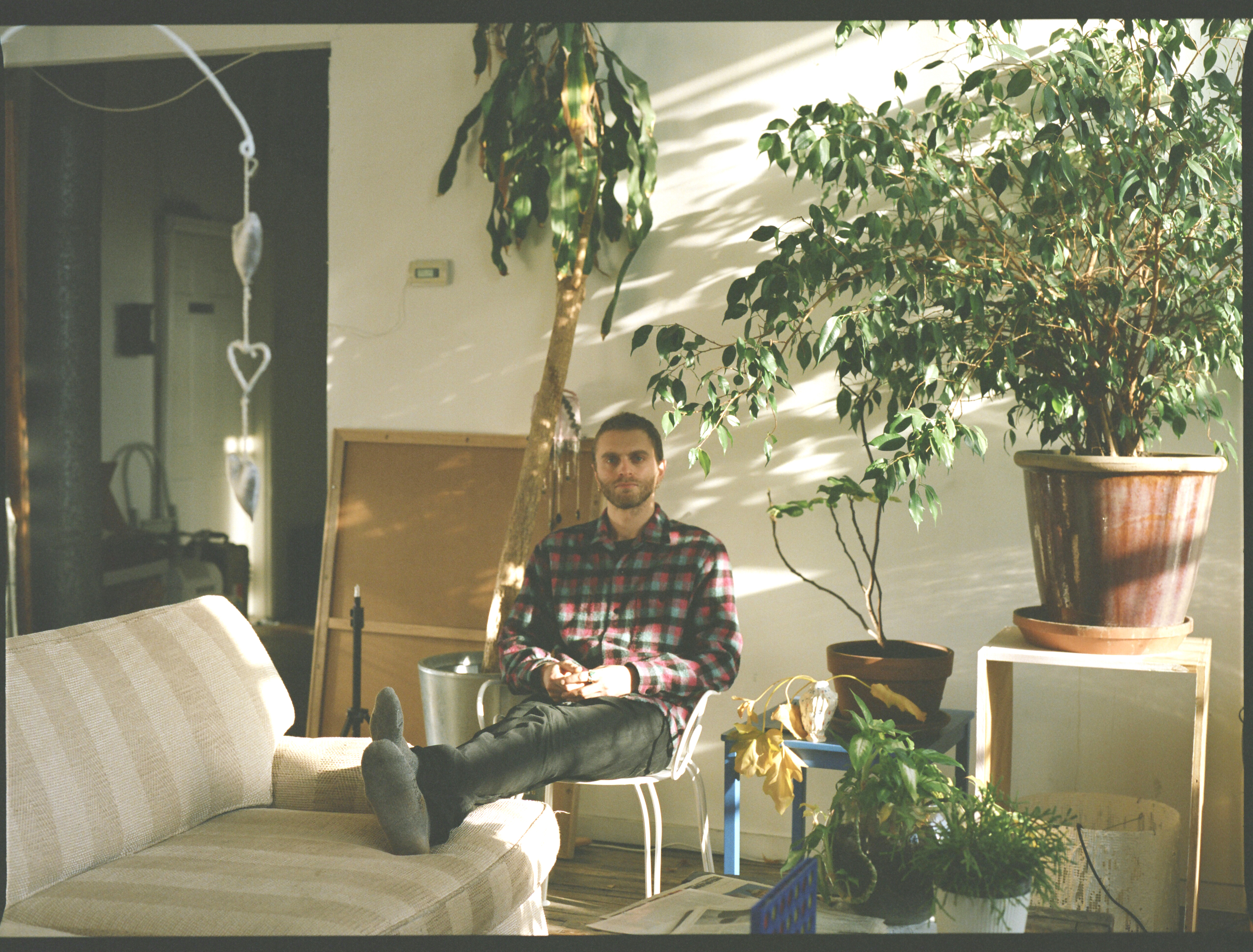
Drummer Greg Fox has “one foot in the music world, one foot in the art world, and a universe in each fingertip,” writes Toniann Fernandez. Using technology, he transforms his music into an infinite number of soundwaves and then sculpts it to create the final tracks. His experimentation seemingly knows no bounds, from featuring the tempo of his own heartbeat to patching modular synthesizers to create random reactions. “There is a relationship between the input and the chain of reactions and behaviors that comes out on the other side. It’s all within this cloud of possibility,” he says. And yet, despite the computer warps, it is still completely personal.

The daughter of a musician, Brooklyn-born Zsela resisted music for a long time, despite a voice that “summons demons and heartache,” writes Whitney Mallett. However, she finally gave in to her talent and worked to carve her own path, out from under the shadow of the older set of creatives she had known through her family for her whole life. With storytelling lyrics and haunting melodies, “I finally started making music that I really heard myself in,” explains Zsela. “It’s hard, but writing a song is the best feeling in the world.”
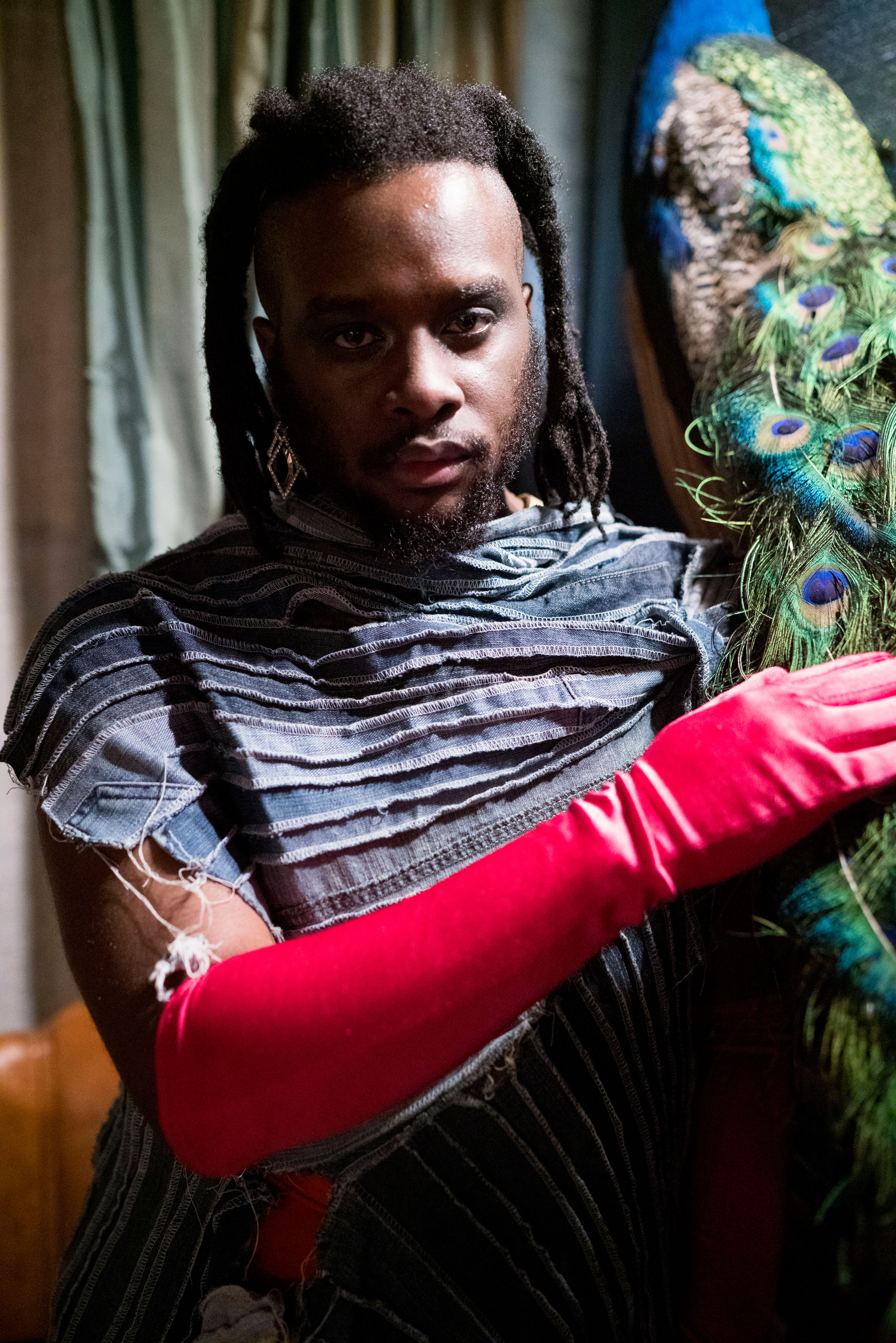
Baltimore native Abdu Ali is a musician, poet and community activist “who not only speaks about caring for your craft and your community, but actually does it,” writes Shanekia McIntosh. They use these media to further inclusivity and showcase the stories of Black and LGBTQ creatives. After all, it’s always about connecting with others. “I don’t like artists who distance themselves from their audience whether it be personally or through their work. I find that elitist and non-inclusive,” says Ali. “I always want to give myself to my audience and let my work be tangible no matter how intellectualized it is or abstract or avant-garde.”
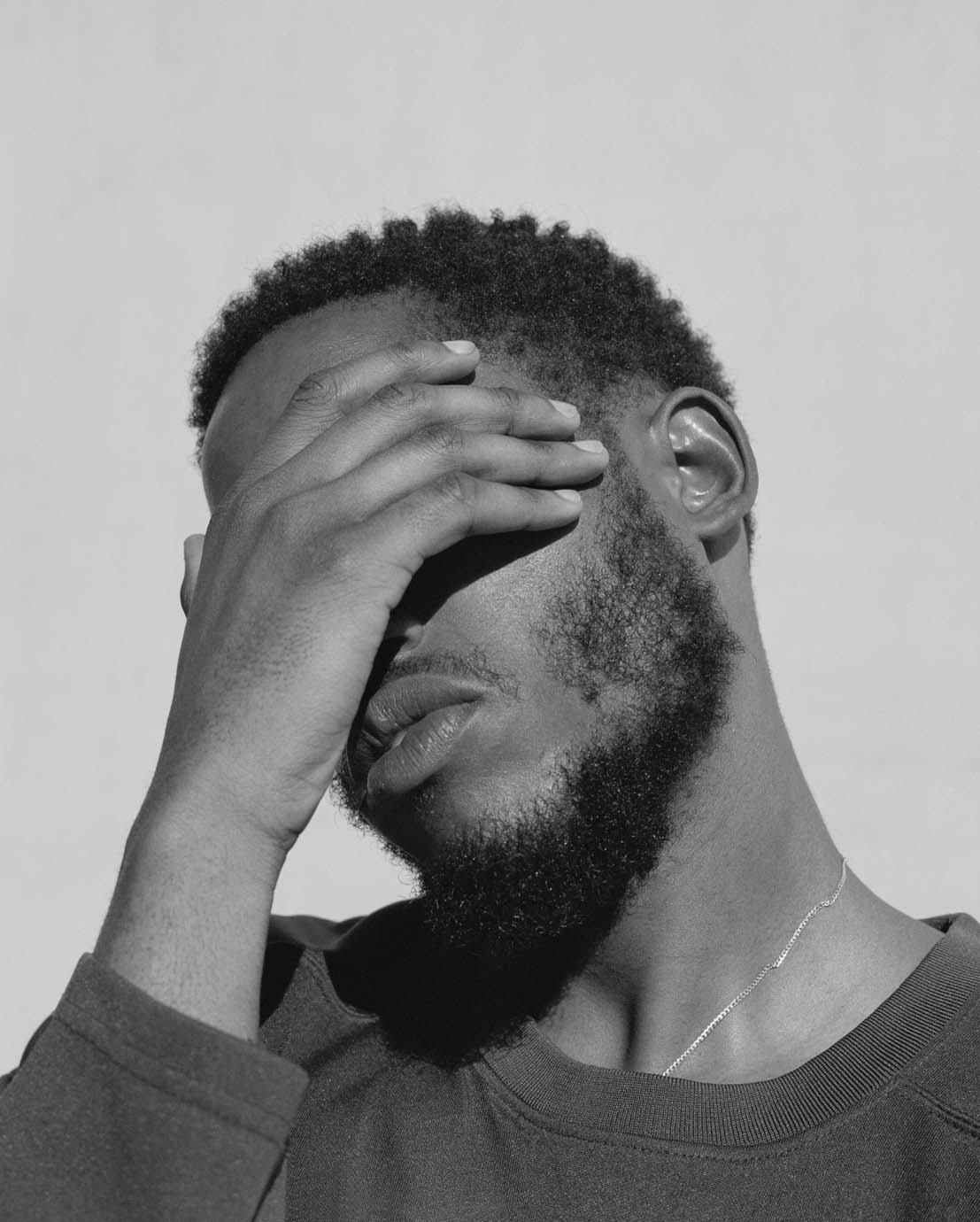
Budding Los Angeles rapper Maxo captures fans’ attention with contemplative, narrative-driven bars and is of a new wave of lyricists who use their art as a form of therapy, openly battling for mental health. “It’s hard for me to listen to my old shit,” Maxo admits to Khalila Douze. “I was feeling so many different feelings than I’m feeling right now, you feel me?” With a hunger for introspection in hip hop, he writes for and about a moment in time imbued with emotion that will speak to his fans on a personal level. As Maxo, who has dealt with depression since he was eight-years-old, says of the critical art: “If I didn’t have music or a way to express myself in an art form, I don’t know if I would even still be here, for real.”
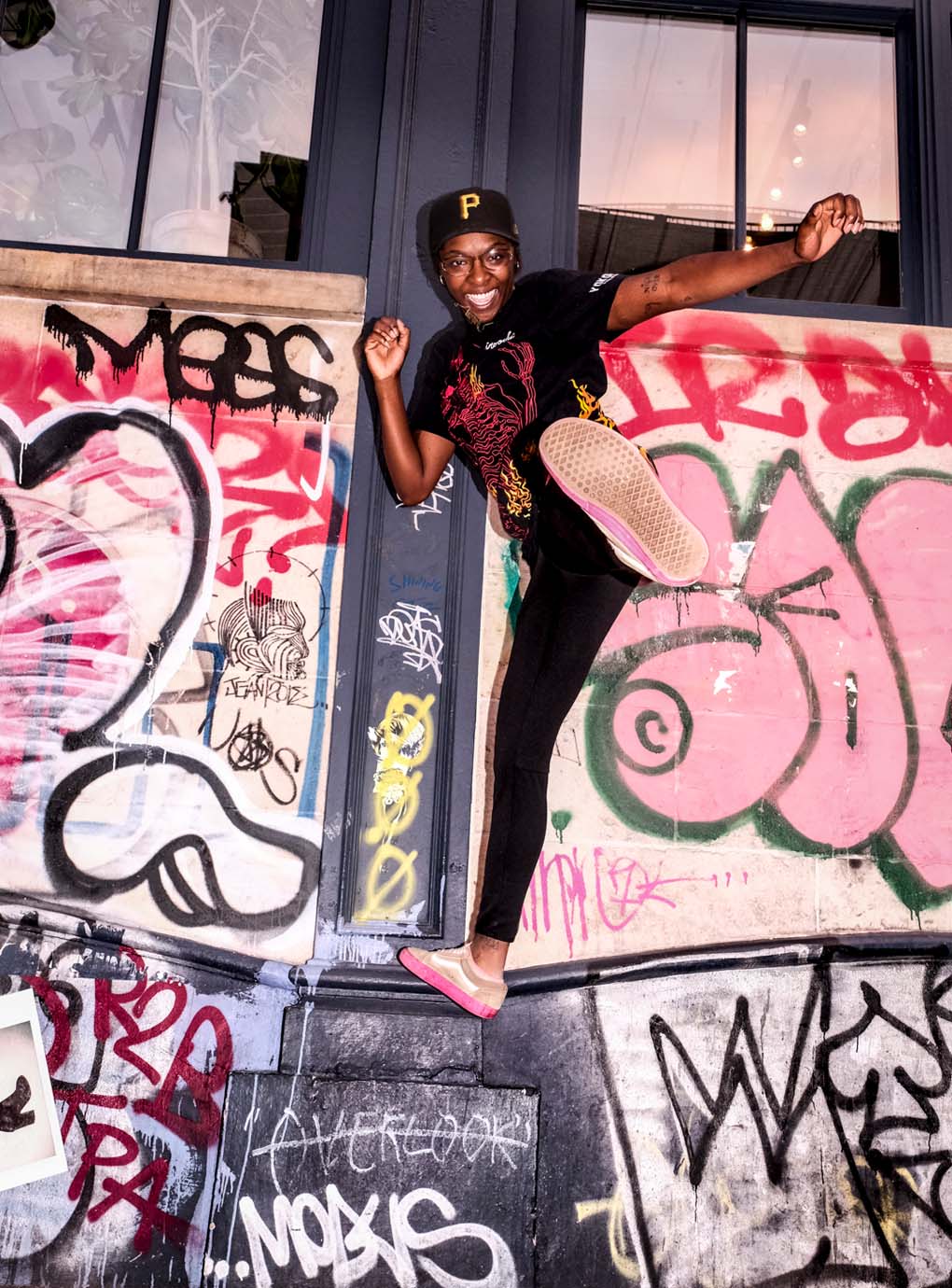
Tabby Wakes lives with the same “cool nonchalance” her music exudes, writes Khalila Douze, “from her skater lingo to the casual mention that when she’s not making music or working on a rebrand of her recording studio, she’s hosting parties at the notorious strip club Sapphire on 60th Street.” Citing Mariah Carey, Lady Gaga, Mary J. Blige, Alicia Keys, Missy Elliott, Jay-Z and Busta Rhymes as crucial inspirations, she can evoke both a playful energy and a serious somberness. Beneath her natural instinct to troll, there is earnest and a want to share intimately, and it shows. She launched Blahkwork Studios to create an accessible environment for young artists and often taps her network of New York-based cool kids to collaborate. She has always been ready to put in the work: “Literally nothing happens overnight, no matter what you think.”
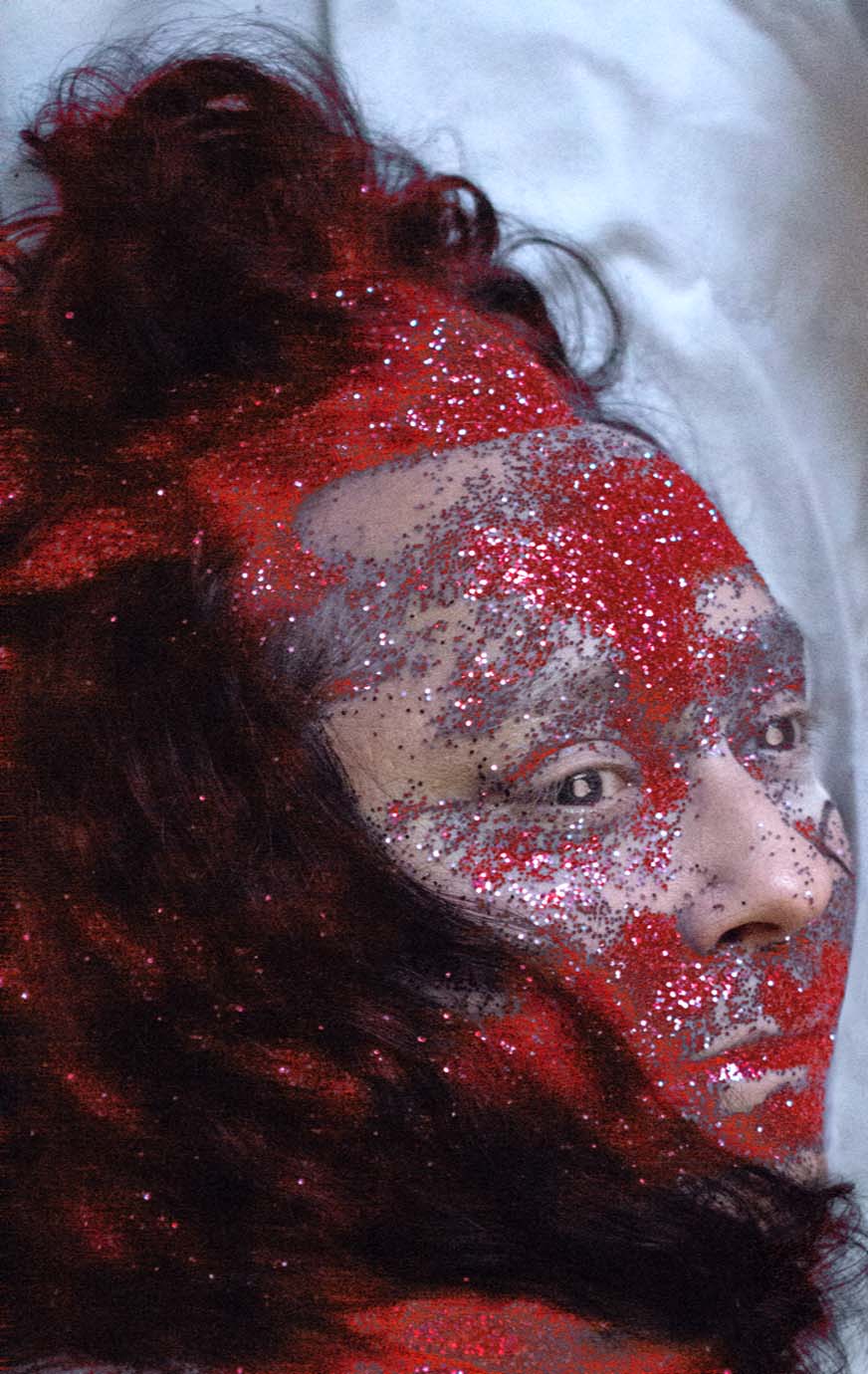
For British-born musician Anohni, stirring emotion is important but true connection is everything. “You can sing an authentic expression of pain in almost any language and people will feel it,” she says to Whitney Mallett, lamenting that fans may project their experiences onto her music rather than feeling her own. Now, she is interested in telling her own stories, starting with her history as a playwright in the 1990s New York drag scene. “The theme of my work is, what’s really happening? Who am I? Where did I come from?” she says, challenging herself and her audiences with these questions through multidisciplinary exhibits and noisemaking.
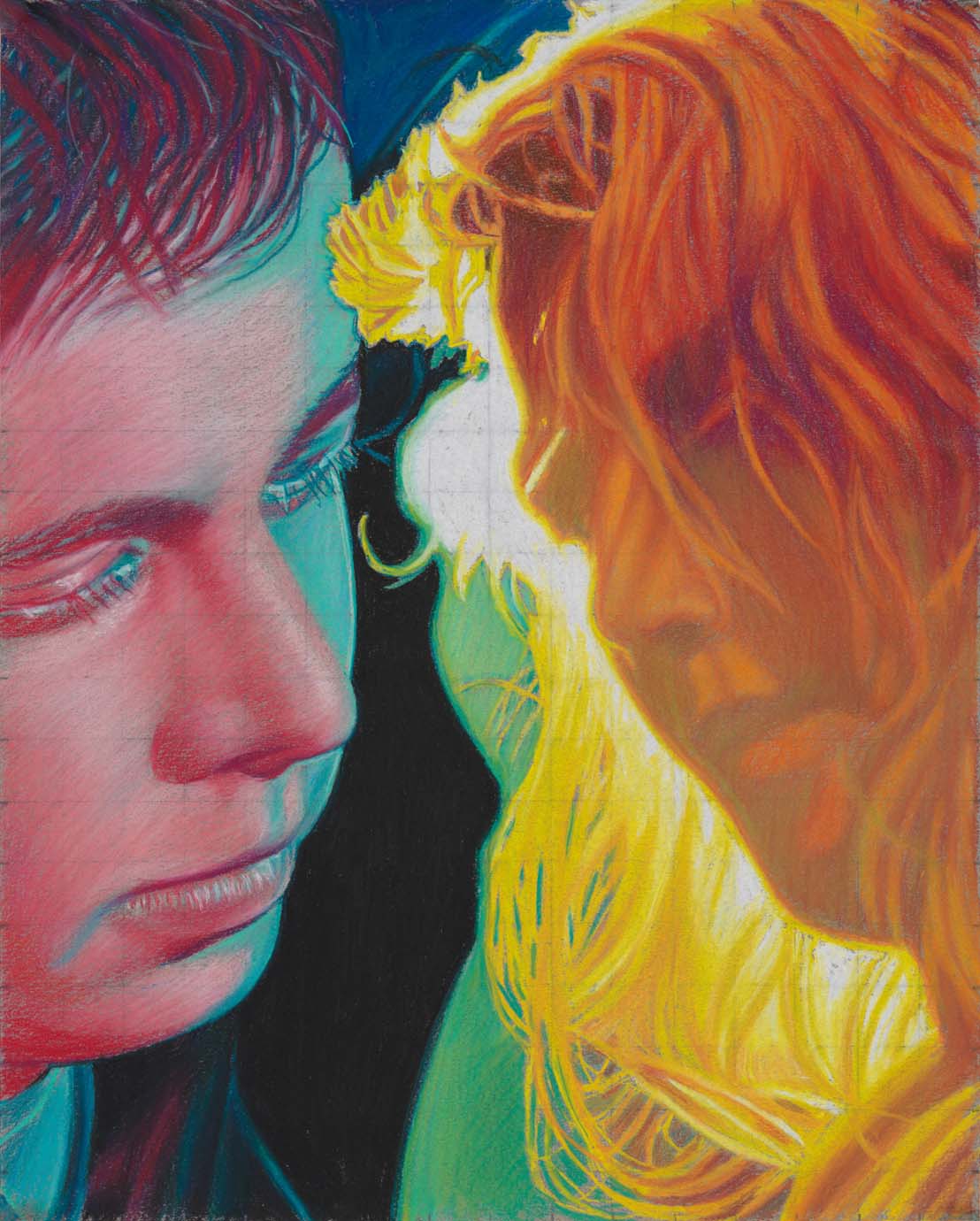
Augustus Muller, one half of minimalist electronic band Boy Harsher, admits that the group’s distilled sound was born out of necessity. “In college we had no money,” Muller says to artist Richard Phillips of himself and co-musician Jae Matthews. “I had just sold most of my stuff just to buy this cheap synthesizer, so it was not a philosophical or existential choice. Now when we talk about getting more instruments, I often feel like we have enough to explore already. You definitely get lost when you have too many options.” But inspiration, on the other hand, is plentiful, from performance art by Joan Jonas and Vito Acconci to their contemporary musical peers. With a commitment to collaboration and camaraderie, they capture an audience with the fantasy of minimal sound, and always cite their sources.

